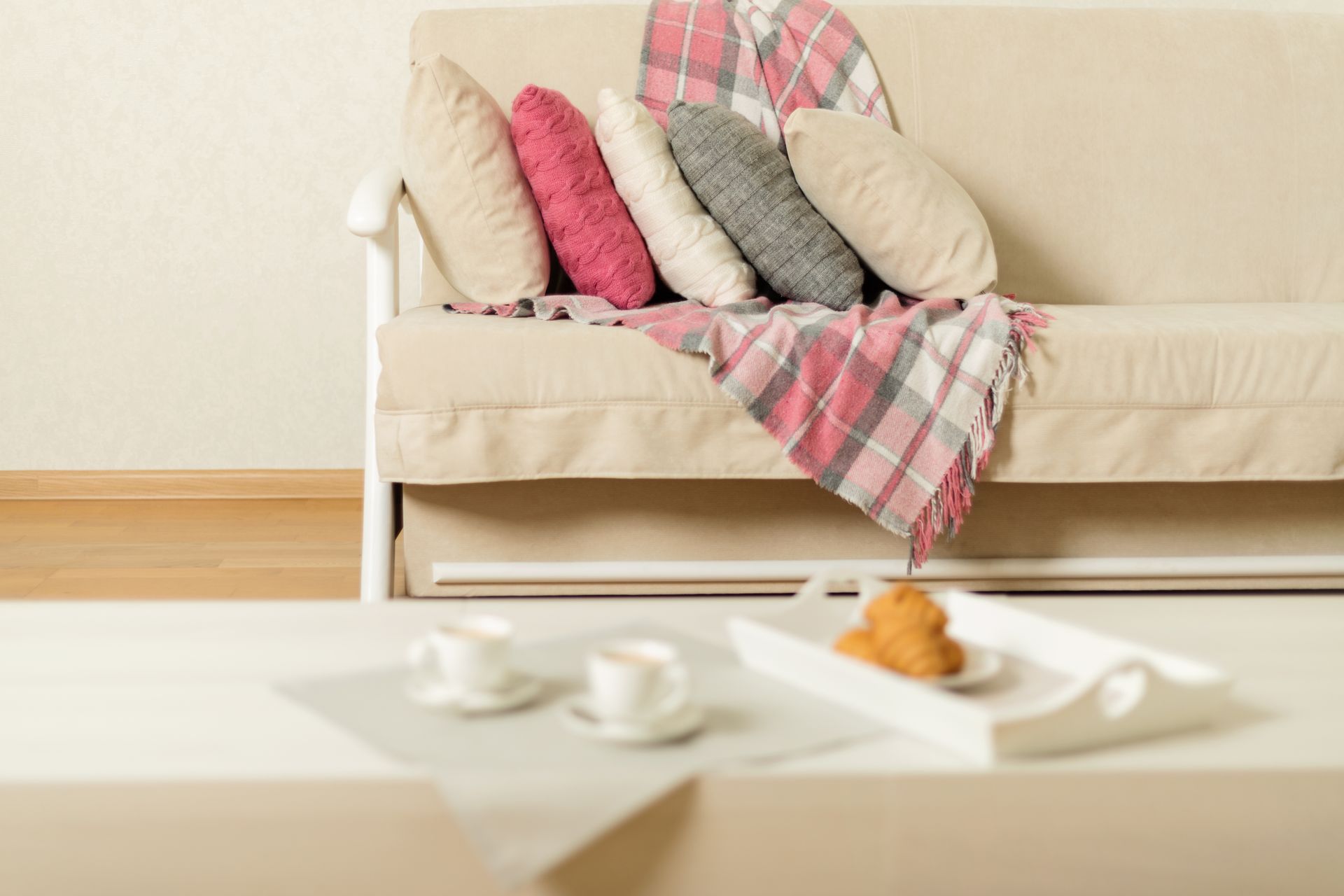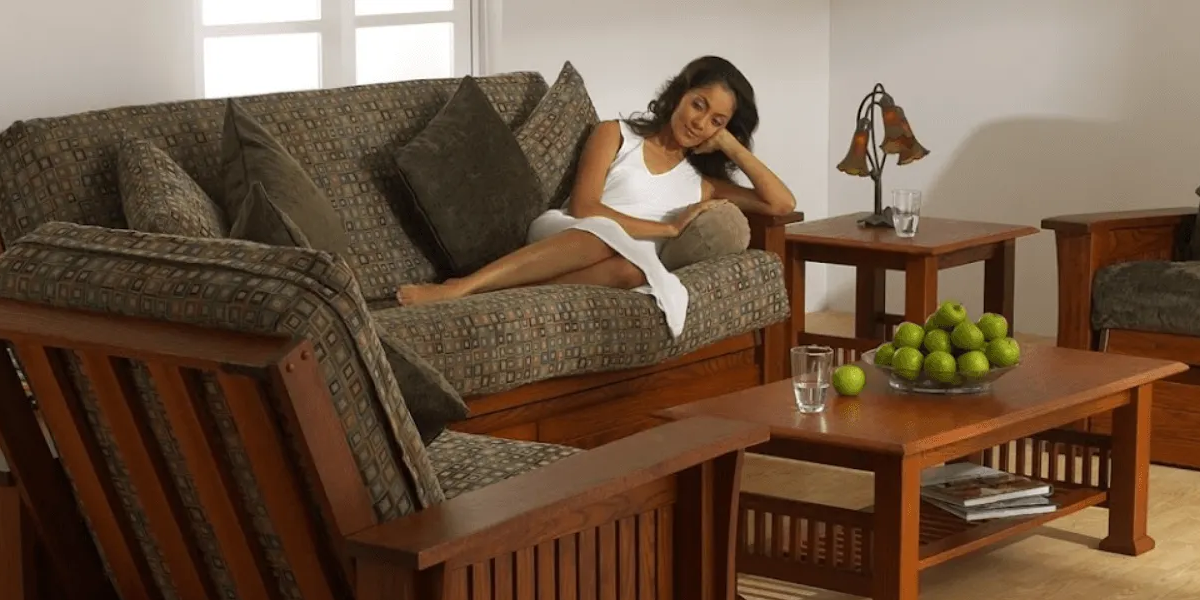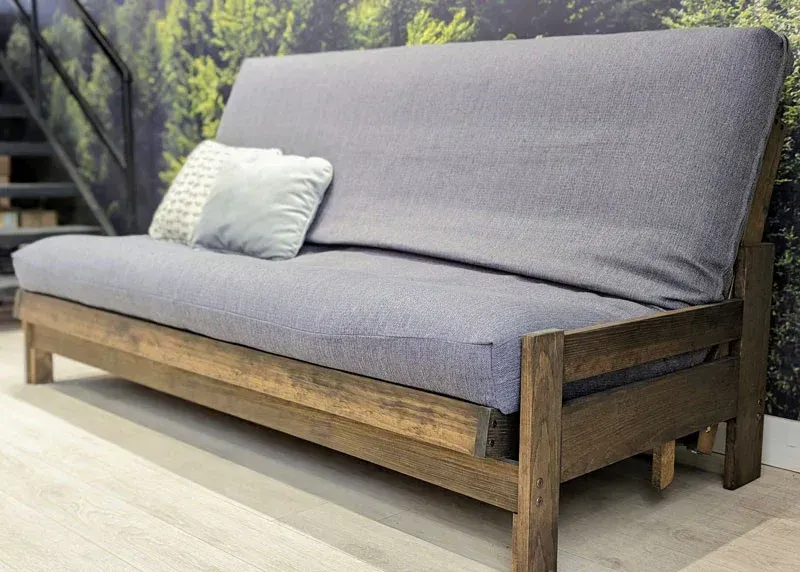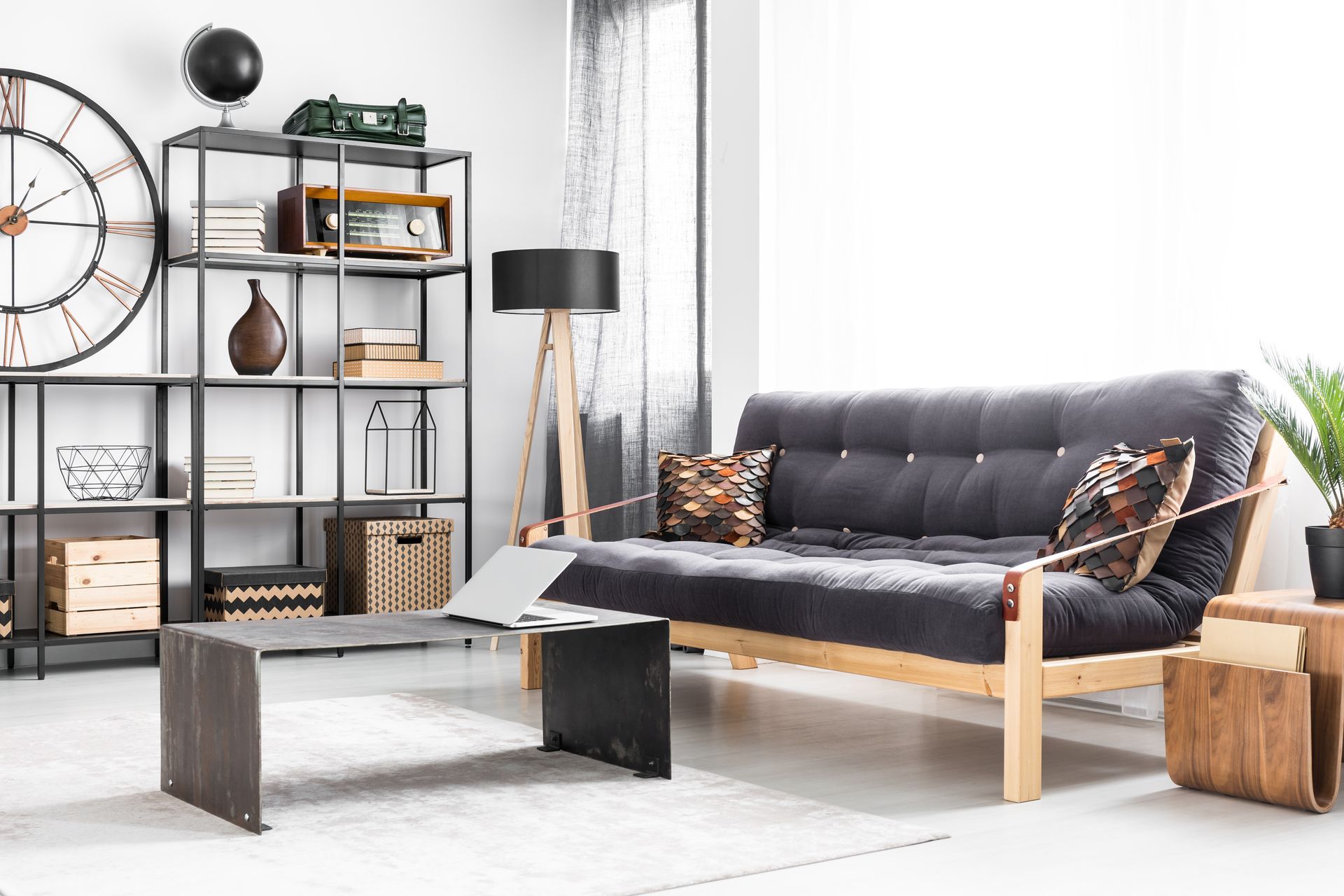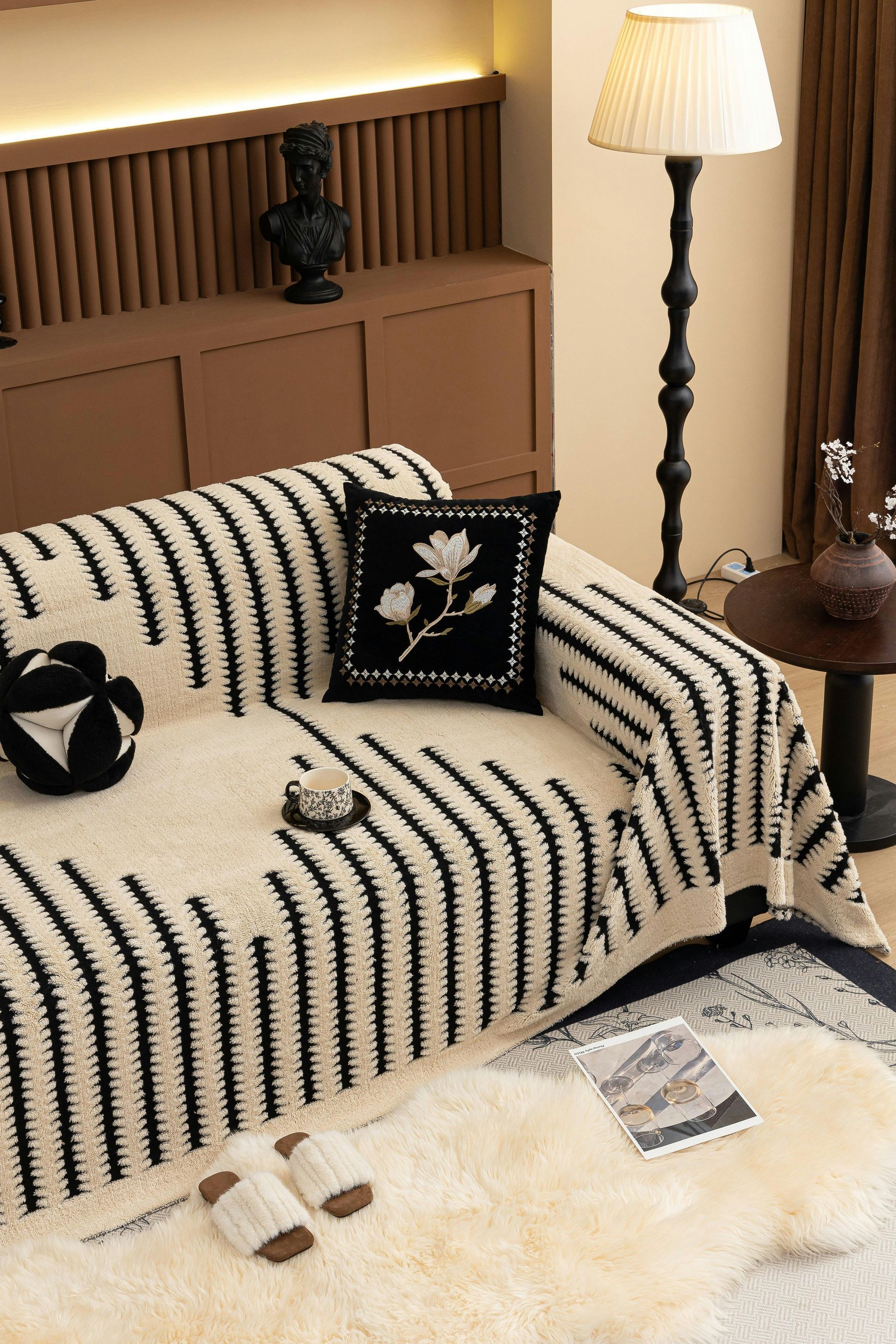The Evolution of the Futon
The futon is more than just a piece of furniture; it's a story of cultural adaptation and practical design. What started as a simple, space-saving bedding solution in Europe and Asia has transformed into a stylish and versatile staple in homes around the world. This journey reflects changing lifestyles, a growing desire for functionality, and a modern commitment to sustainability.

From East to West: The Futon's Origins
The story of the futon begins in Japan. The original concept was not a single item but a complete bedding system. This system included a thin mattress filled with durable, long-staple cotton, known as a shikibuton. This was paired with a comforter (kakebuton) and a pillow (makura). The mattress itself was
only about two to three inches thick, making it lightweight and easy to roll up.
This portability was a key feature. In Japanese homes, where space has often been a valuable commodity, the ability to store bedding away during the day was essential. A room could serve as a bedroom at night and a living area during the day. The futon’s design was born from a need for simplicity,
efficiency and minimalism, principles deeply embedded in Japanese culture.
The Futon Arrives in America
In the 1970s, the futon concept travelled to the United States and began a significant transformation. As it was introduced to a Western audience, its design was adapted to fit a different lifestyle. The most notable change was lifting the mattress off the floor. Americans paired the futon mattress with a frame, creating a piece of furniture that could be used for both sitting and sleeping.
This new "Western-style" futon was a game-changer. It became an affordable and convenient option, especially for college students and people living in small apartments. It offered the functionality of a sofa and a guest bed in one compact package. Early American futons were often basic and built for
practicality over comfort, but they laid the groundwork for future innovations. This affordability and dual-purpose nature made the futon a symbol of practical, space-saving living for a new generation.
A Modern Reinvention: Style Meets Sustainability
The futon has come a long way from its early days as a budget-friendly dorm room fixture. Today, modern futons are recognized for their style, comfort, and, increasingly, their eco-friendly credentials. This evolution was driven by innovators who saw the potential to elevate the futon into a high-quality
piece of furniture.
One of the pioneers in this movement is The Futon Shop. Founded in San Francisco in 1976 by Suzanne Diamond, the company was built on a commitment to a chemical-free lifestyle. This vision translated into designing and crafting healthy, non-toxic futon mattresses. The Futon Shop helped redefine what a futon could be, moving it from a simple mattress to a thoughtfully constructed piece of furniture that prioritizes well-being.
The Contribution of The Futon Shop
The Futon Shop's influence on the modern futon cannot be overstated. By focusing on quality materials and sustainable practices, they have played a crucial role in the futon's contemporary evolution.
Chemical-Free and Organic Materials
Breaking away from the mass-produced models of the past, The Futon Shop began using organic and natural materials. Their futon mattresses are crafted from materials like USDA-certified organic cotton, natural wool, and pure latex rubber. This approach not only results in a more comfortable and durable
product but also ensures a healthier indoor environment, free from the off-gassing of harmful chemicals found in many conventional furniture items.
High-Quality Craftsmanship
Modern futon frames have also seen a major upgrade. Gone are the days of flimsy metal or cheap wood. Today's frames are beautifully designed and built to last. The Futon Shop utilizes high-quality hardwoods like walnut, cherry, oak, and maple. Some frames are even made from reclaimed pine or rubberwood sourced from trees that have finished their latex-producing lifecycle, highlighting a commitment to sustainable forestry. This attention to detail turns the futon frame from a mere base into an attractive piece of furniture that can complement any decor.
Versatility and Style
The modern futon is no longer a compromise. It is a deliberate design choice. With a wide range of frame styles, from classic Mission to sleek modern designs, and a variety of mattress options tailored for different comfort levels, today's futon can be customized to fit any need. It remains an excellent space-saver for guest rooms, home offices, and living rooms, but now it offers the comfort and aesthetic appeal of a traditional sofa or bed.
Why the Futon Endures
The futon's lasting popularity comes from its unique ability to adapt. It has successfully blended the minimalist principles of its Japanese origins with the comfort and style demanded by modern Western life. It answers the need for versatile, multi-functional furniture without sacrificing quality or aesthetics.
From a simple cotton mat on a Japanese floor to a sophisticated, eco-friendly sofa bed in a contemporary home, the evolution of the futon is a story of thoughtful design. Thanks to the vision of companies like The Futon Shop, the futon has secured its place as a smart, stylish, and sustainable furniture choice for decades to come.
